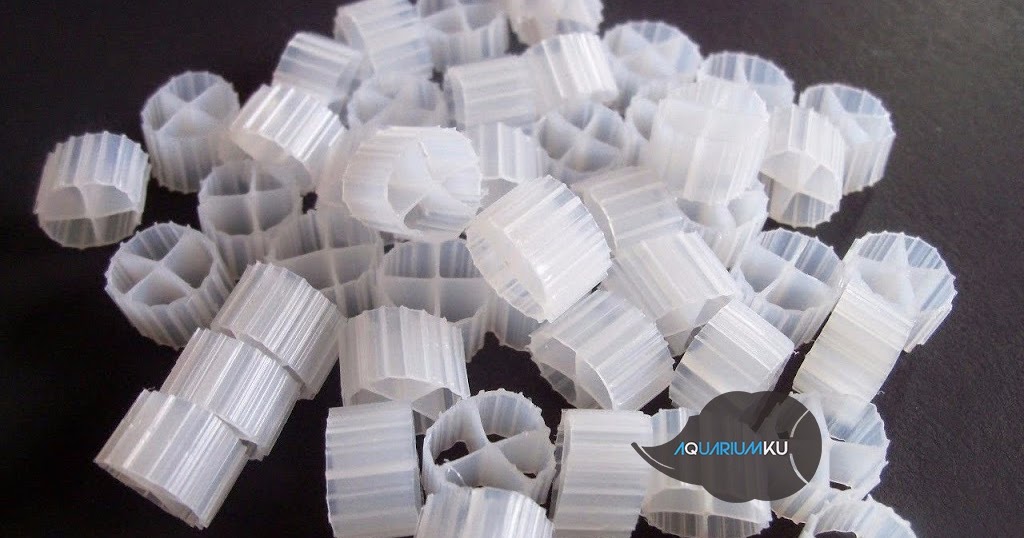
Everything You Need to Know About Choosing the Best Bio Filter Media for Koi Pond
Introduction: Importance of Bio Filter Media for Koi Pond
Maintaining a koi pond is a delicate balance between the beauty of these magnificent fish and the biological processes that keep them healthy. One of the key elements in this balance is the bio filter that plays an essential role in removing toxins from the water and creating a healthy environment for your koi to thrive.
With the abundance of bio filter media options available in the market, it can be difficult to choose the best one for your koi pond. In this article, we will discuss everything you need to know about choosing the best bio filter media for your koi pond and keeping your fish healthy and happy.
What Is Bio Filter Media for Koi Pond?
Bio filter media is a material that provides a high surface area for beneficial bacteria to grow and thrive. This bacteria converts harmful ammonia and nitrites, generated by koi waste and uneaten food, into less harmful nitrates, which can be taken up by plants or removed through water changes.
Choosing the right bio filter media for your koi pond is essential for maintaining the balance of the ecosystem and ensuring water quality. The wrong bio filter media can lead to poor water quality and sick fish.
Types of Bio Filter Media for Koi Pond
There are different types of bio filter media available in the market, varying in material, design, and surface area. Let’s take a look at some of the most popular types of bio filter media for koi pond.
1. Matala
Matala is a type of synthetic fiber that provides a large surface area for beneficial bacteria to colonize. Matala is often used in multi-chamber filters, where water is passed through several chambers that contain different types of bio filter media.

One of the advantages of Matala is its durability and resistance to clogging. It can last for many years with proper maintenance and cleaning.
2. Kaldnes K1
Kaldnes K1 is a type of plastic media with a unique design that creates an ideal environment for bacterial growth. The media has a rough surface that favors the attachment and growth of beneficial bacteria, which consume ammonia and nitrites. Kaldnes K1 is lightweight and fluidized, allowing for high water flow rates and efficient biological filtration.

One of the benefits of Kaldnes K1 is its self-cleaning ability. The rapid water movement within the filter keeps the media clean and prevents clogging, reducing the need for frequent cleaning and maintenance.
3. Biohome Ultimate
Biohome Ultimate is a bio filter media made of sintered glass. Sintered glass is an inert material that provides an ideal surface area for bacterial colonization. Biohome Ultimate also contains trace elements that promote the growth of beneficial bacteria, improving the efficiency of the bio filter.

The physical structure of Biohome Ultimate consists of pores and crevices that harbor beneficial bacteria in a safe environment, away from predators and toxic substances. Biohome Ultimate is also resistant to clogging and can last for many years with proper maintenance.
How to Choose the Best Bio Filter Media for Koi Pond
Choosing the best bio filter media for your koi pond depends on various factors, such as the size of your pond, the number of fish, the filtration system, and your budget. Here are some factors to consider when choosing bio filter media for your koi pond.
1. Surface Area
The surface area of the bio filter media is an essential factor for bacterial growth and filtration efficiency. The larger the surface area of the media, the more beneficial bacteria it can harbor, and the better the water quality. It is recommended to choose a bio filter media with at least 500 square feet of surface area per 1000 gallons of water.
2. Water Flow Rate
The water flow rate is another critical factor to consider when choosing bio filter media. The media should allow for high water flow rates without clogging or reducing the efficiency of the filter. Some bio filter media, such as Kaldnes K1, are designed to be fluidized and can handle high water flow rates without any issues.
3. Biological Filtration
The main function of bio filter media is to provide a surface area for beneficial bacteria to grow and convert harmful ammonia and nitrites into less harmful nitrates. It is essential to choose a bio filter media that can handle the biological load of your koi pond and maintain good water quality.
4. Durability
The durability of the bio filter media is another critical factor to consider. You want to choose a media that can last for many years with proper maintenance and cleaning. Synthetic media, such as Matala, are more durable and resistant to clogging than natural media, such as lava rock or gravel.
Conclusion
Choosing the best bio filter media is crucial for the health and well-being of your koi pond. The right bio filter media can maintain good water quality, prevent disease, and ensure that your koi fish thrive in their environment. Consider the factors discussed in this article when choosing bio filter media for your koi pond, and always follow the manufacturer’s instructions for proper maintenance and cleaning.